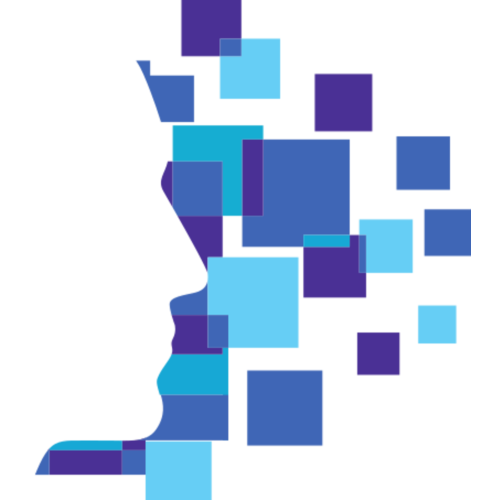The process of building Collective Strategic Sensing capabilities can feel overwhelming at first. There are many interconnected elements across people, teams, and the broader environment to tune into. But you don't need to tackle everything at once.
We suggest starting small with self-sensing. Take time each day to quietly notice your thoughts, emotions, and reactions. When facing uncertainty or frustration, avoid jumping to conclusions. Instead, ask yourself "What is arising within me in this moment?" Reflect on what your feelings might reveal about your beliefs or fears.
Gradually expand this self-awareness into your interactions with others. Listen deeply without judgment. Seek to understand their experiences and what motivates them before providing guidance.
As your team becomes more comfortable with vulnerability and sharing differing perspectives, you can begin extending sensing practices across the organization. Open up channels for providing anonymous feedback. Engage employees through stay interviews or "sensing dialogues" to understand what they need to stay fulfilled in their roles.
Look for opportunities to break down silos by bringing diverse employees together to exchange insights on current challenges, priorities, and possibilities. Provide training for leaders on facilitating sessions that draw out authentic perspectives across hierarchies and functions.
Build the capabilities and tools over time to continuously gather, analyze and act on insights across the people ecosystem. Pay close attention to signals that reveal misalignments between espoused values and actual behaviors. Addressing these is crucial for long-term success.
Sensing outside trends and forces, on the other side, requires developing new partnerships, data connections and areas of expertise that can provide visibility into emerging developments, issues and events. This might involve identifying research firms or industry groups focused on tracking signals relevant to your business environment, customers and operations. Building relationships with startups, academic institutions and innovators in adjacent spaces can reveal threats from potential disruptors as well as insight into technologies on the horizon.
Of course we can also tap into new data sources and analytical tools powered by AI and machine learning to identity patterns, model scenarios and detect weak signals. But human judgement remains essential to interpreting these external inputs. The goal is to encourage open, visionary thinking about strategic responses and possibilities for innovation or adaptation that create mutual benefit across the company, customers and employees.
This is why we emphasize balancing the "high tech" side of strategic sensing with the "high touch" elements—dialogue, vulnerability and creative exchange between diverse humans. Our life experiences, emotional intelligence and values enable us to find meaning and relevance in data. And to reimagine possibilities in a way narrow algorithms cannot.
The key is creating an environment where people feel safe to share, challenge and build on each other's perspectives without fear of judgement.This allows us to deeply understand risks and opportunities from both logical and emotional vantage points.
With practice, a company can develop a "strategic sensing muscle" that seamlessly blends data, outside awareness and inner courage to ask difficult questions. One that spots misalignment between values and behaviors. This muscle is flexed every time leaders resist knee-jerk reactions in favor of collective inquiry. And with it, an organization develops the resilience to continuously adapt, even in the midst of upheaval.
